Trees
Trees are normally a welcome addition to the home landscape, so finding tree growing information is an essential part of their care. Whether you are needing this information for planting trees, the pruning of trees, or getting rid of ornamental trees that have outlasted their welcome, the following pages should help. Keep reading to find the type of tree care information that meets your needs. Our tree growing information continues to grow, so if you don’t find it now, keep checking. New articles are regularly added.
Explore Trees
-
Acoma Crepe Myrtle Care: Learn How To Grow An Acoma Crepe Myrtle Tree
The pure-white ruffled flowers of Acoma crape myrtle trees contrast dramatically with the shiny green foliage. For more information about Acoma crape myrtle trees, click here. We'll give you instructions on how to grow an Acoma crape myrtle and its care.
By Teo Spengler
-
What Is Mayhaw Brown Rot – Treating A Mayhaw With Brown Rot Disease
Brown rot of mayhaw is a fungal disease to be on the lookout for. What is mayhaw brown rot? Click on the following article to learn about the symptoms of a mayhaw with brown rot and about mayhaw brown rot control.
By Amy Grant
-
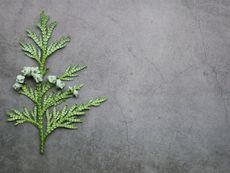
Japanese Elkhorn Cedar: Tips On Growing An Elkhorn Cedar Plant
Elkhorn cedar is a coniferous evergreen tree native to the wet forests of southern Japan. It doesn't thrive in all environments and, as such, it's not always easy to find or keep alive; but when it works, it's beautiful. Learn more in this article.
By Liz Baessler
-
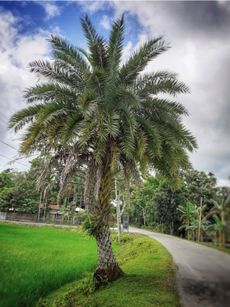
Toddy Palm Tree Info – Learn About Growing Toddy Palms
The toddy palm is known by a few names: wild date palm, sugar date palm, silver date palm. But what is a toddy palm? Click on this article to learn about toddy palm tree info and toddy palm tree care and see if this plant is right for you.
By Liz Baessler
-
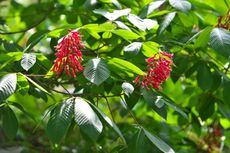
Red Buckeye Tree Growth: Tips On Planting A Red Buckeye Tree
Red buckeye trees are relatively easy to care for, medium-sized trees or shrubs that produce showy red flowers in the spring. They are a great choice for large, easy decoration along borders. Learn more about red buckeye tree care in this article.
By Liz Baessler
-
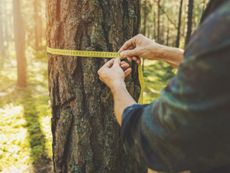
How To Tell How Old A Tree Is
Ever wondered how to calculate the age of a tree? Click here to learn all about it.
By Teo Spengler
-
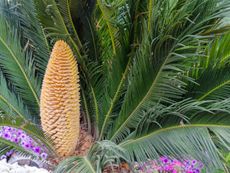
Do Sago Palms Flower: Identifying Flowering Sago Palms
Do sago palms flower? Yes, they do. If you notice an unusual-looking structure protruding from the center of your sago plant, this is the sago palm flower. Learn more in this article.
By Nikki Tilley
-
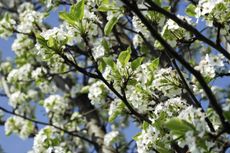
Cleveland Select Pear Info: Flowering Pear ‘Cleveland Select’ Care
The Cleveland Select is a variety of flowering pear that is very popular for its showy spring blossoms, its bright autumn foliage, and its sturdy, neat shape. If you want a flowering pear, it's a good choice. Click here to learn more about growing Cleveland Select pears.
By Liz Baessler
-
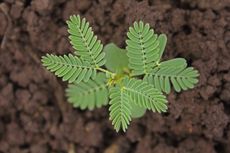
Acacia Cutting Propagation – Learn How To Root Acacia Cuttings
Acacia cutting propagation isn't very difficult. But if you want to start growing acacia plants from cuttings, there are a few important points to keep in mind. For information on how to root acacia cuttings and tips on how to plant acacia cuttings, this article will help.
By Teo Spengler
-
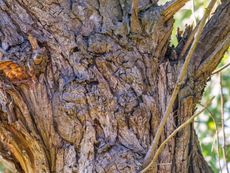
Poplar Tree Cankers – Learn About Canker Disease In Poplar Trees
Cankers are physical deformities that may indicate a serious poplar tree disease. They are often the first in a series of symptoms that can end in the death of the tree. Learn about canker disease in poplar trees in this article.
By Jackie Carroll
-
Twisted White Pine Trees: Growing Contorted White Pines In The Landscape
Contorted white pine is a type of Eastern white pine that has a number of attractive features. Its biggest claim to fame is the unique, twisted quality of the branches and needles. For more contorted white pine information, click this article.
By Teo Spengler
-
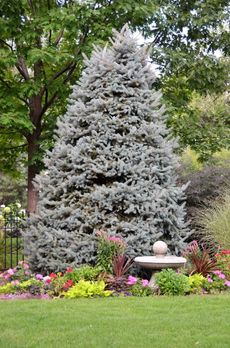
Blue Wonder Spruce Info: Tips For Growing Blue Wonder Spruce Trees
Blue Wonder spruce trees are great additions to formal gardens or as container plants. These small, conical-shaped evergreens are prized for their shape and for the beautiful, blue-gray color of their needles. Learn more about them in this article.
By Mary Ellen Ellis
-
Camzam Apple Info: Learn About Camelot Crabapple Trees
Even if you lack a large garden space, you can still grow one of the many dwarf fruit trees such as the Camelot crabapple tree. Find out how to grow a Camelot crabapple and other Camzam apple info related to Camelot crabapple care in this article.
By Amy Grant
-
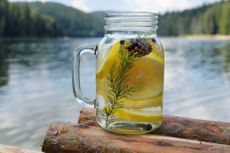
Harvesting Pine Needles : Why Should You Harvest Pine Needles
There are many pine needle uses in the landscape as a weed repellent, mulch, soil acidifier, and even to line paths and stabilize soil. For some tips on harvesting pine needles for edible, medicinal or outdoor garden use, click on the following article.
By Bonnie L. Grant
-

Harvesting Pine Needles : Why Should You Harvest Pine Needles
There are so many ways to use pine needles. Learn the best ways to collect and harvest them and how to make the best use of this natural resource.
By Bonnie L. Grant
-
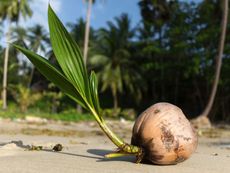
Palm Tree Seed Germination: What Does A Palm Tree Seed Look Like
Palm tree seed germination is not a matter of weeks but months or even years. Click here for more information on growing palms from seed.
By Teo Spengler
-
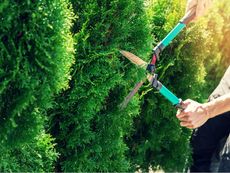
Can I Prune Conifers – Pruning Coniferous Trees
While pruning deciduous trees is almost an annual ritual, pruning coniferous trees is rarely required. For pruning information, click here.
By Teo Spengler